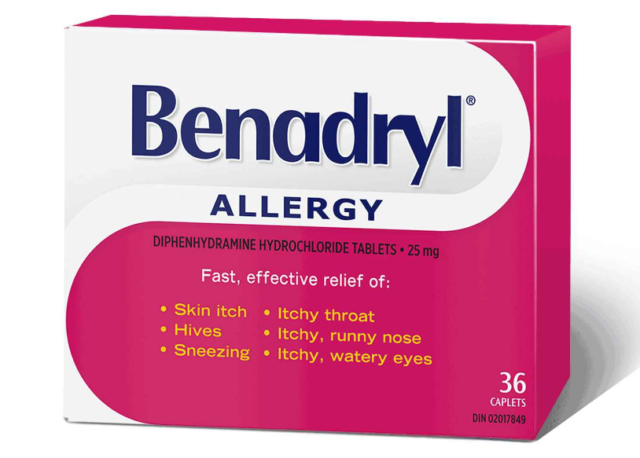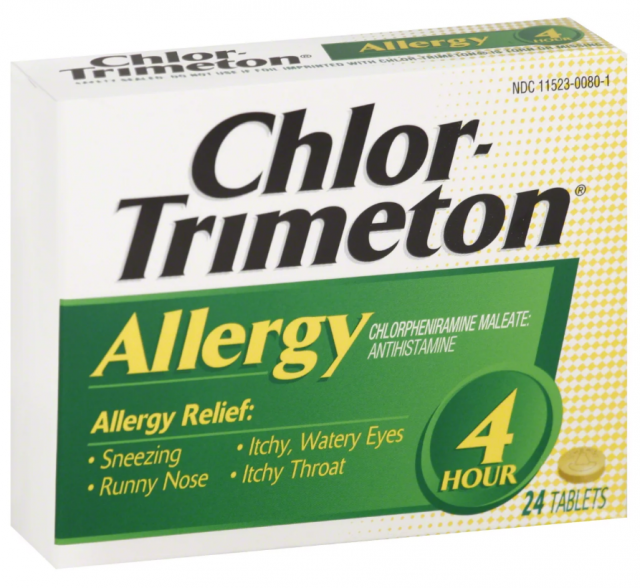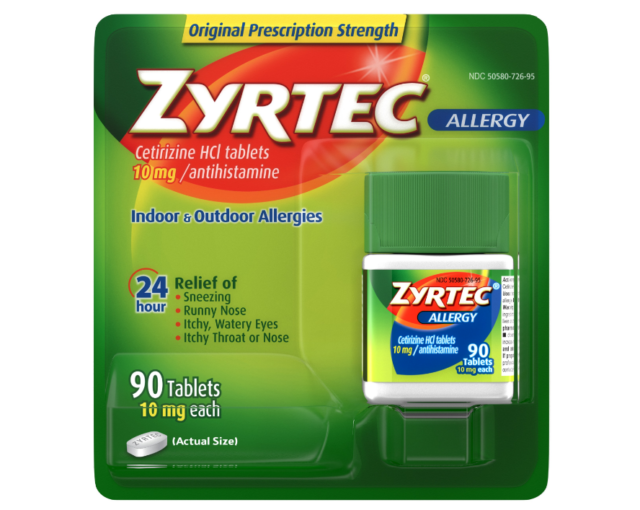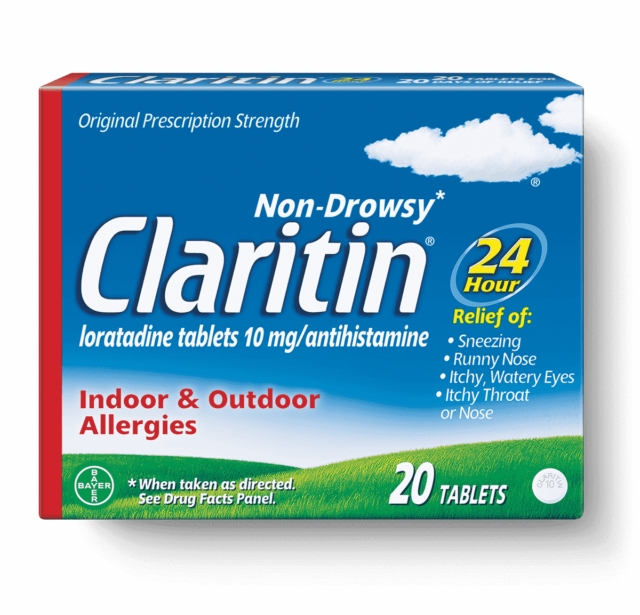
Do you know what an allergy is? It is our bodies’ immune response to external substances (also known as allergens), and usually, allergies are harmless. However, severe weather conditions call for instant allergy relief. The specific chemical in our bodies known as ‘histamine’ is released in response to allergen attacks, and thus allergy symptoms are observed.
Understanding Antihistamines:

Antihistamines refer to the medicines used for allergy relief. These medicines block the effects of histamine chemicals and treat allergy symptoms. Antihistamines are available in tablets, liquids, pills, nasal sprays, eye drops, and certain high potency injectables. Please note that one should always consult a healthcare professional before using any kind of antihistamines. Visit www.rosewellness.com and find more information about this.
The symptoms:
If the patient shows symptoms like swelling of nostrils, running nose or congestion, hives or skin rashes, itchy and running eyes, antihistamine medication can help treat these symptoms. Most children are more vulnerable to such allergies, especially in cold weather. Hence taking antihistamine assures you and your baby a good night’s sleep.
Apart from the symptoms mentioned above, antihistamines are also helpful in seasonal allergies like hay fever and food allergies. It must be noted that antihistamines can not relieve each symptom, and sometimes there are mild side effects of these medicines.
Procuring Antihistamines:

The antihistamines are available either through proper medical prescription or OTC (over-the-counter). The OTC medicine is suitable for mild allergy relief. OTC medicine can quickly treat symptoms like congestion, running nose, skin rashes, itchy skin and eyes, watery eyes, sneezing, and hives. On the contrary, prescription medicines are used for severe allergies. The following table shows famous antihistamines available in the market;
| Sr No | Prescription Antihistamines | OTC Antihistamines |
| 1 | Optivar eye drops | Alvert or Claritin |
| 2 | Astelin nasal sprays | Allerga |
| 3 | Carbinoxamine | Benadryl |
| 4 | Xyzal | Dimetane |
| 5 | Atarax or Vistaril | Zyrtec |
| 6 | Clarinex | Tavist |
How to attain allergy relief with Antihistamines:

Let us now consider some of the most famous antihistamine medicines and comprehend how these work, the associated probable side effects, and the alternatives available for allergy relief.
Generation One:
The oldest group of antihistamine medication consists of diphenhydramine and chlorpheniramine, sometimes referred to as the First-generation antihistamines. First-generation medicines incur sedating effects and usually do not last long in our system. Hence frequent dosage is required. Following are a few such medicines;
The Benadryl:

It is a highly effective, low potency, and easily over-the-counter available medicine. It comes in chewable tablets, capsules, and ointments, or gels form. Benadryl is beneficial in eyes, throat, or nose itching. It is also helpful in treating consistent sneezing, watery eyes, or running nose. Other famous brands like Benadryl include Unisom, Siladryl, Robitussin, and Sudafed.
The Chlor-Trimeton:

Chlorpheniramine, being the active ingredient in this medicine, is quite helpful in treating respiratory allergies along with itchy nose, throat, sneezing, and hay fever. Typical forms of Chlor-Trimeton are chewable tablets, liquids, capsules, and lozenge. Some other famous brands as an alternative are listed below;
- Comtrex
- Chlorphen-12
- Aller-Chlor
The side effects:
There are a few side effects associated with the use of first-generation antihistamines. For example, the most common side effects include drowsiness, headache, dryness of mouth, throat, and nasal cavity. However, some side effects rarely occur, such as vomiting, constipation, hypersensitivity, loss of appetite, muscle weakness, chest congestion, and dizziness.
Alternatively, some of the sporadic and severe cases indicate blurred vision and urinary tract infection as side effects of the First generation medicines. Older adults are at a greater risk of showing these side effects. Hence, if you have some underlying disease like glaucoma, high blood pressure, heart condition, or chronic bronchitis, it is advisable to consult a doctor before taking such antihistamines.
The Second and Third Generation Antihistamines:
As the side effects of the first-generation medicines were adverse, pharmacists developed these second and third-generation medicines for increased effectiveness and reduced risks of side effects. The common symptoms like drowsiness were eradicated, and the longevity of these medicines was enhanced to reduce the frequency of oral intake.
The Zyrtec:

Zyrtec is another effective OTC antihistamine medicine. The main ingredient of Zyrtec is Cetirizine. It is hugely beneficial for allergy relief, including runny nose, hay fever, watery eyes, sneezing, and throat itching. Zyrtec comes as a tablet that dissolves inside your mouth and as a liquid-filled capsule. The alternatives of Zyrtec are mentioned below;
- Cetiri-D
- Alleroff
- Aller-Tec
The Side-effects:
The mild side-effects usually associated with Zyrtec include drowsiness, stomach pain, and headache. Some severe side effects like breathlessness may also occur. In addition to this, it is essential to note that one must avoid taking Zyrtec with alcohol and must consult with a doctor before using Zyrtec if you have any kidney disease, asthma, and bronchospasm.
The Claritin:

Another beneficial second-generation antihistamine medicine is Claritin. Claritin successfully treats upper respiratory allergies, itchy nose or throat, sneezing, watery eyes, and running nose.
Additionally, hives can be treated with Claritin too. It comes in the form of syrup, tablets, or liquid-filled capsules. Do you know that Loratadine is the main active component of Claritin? Some of the alternatives of Claritin include;
- Alavert-D
- Wal-itin
- Alavert
- Claritin-D
The side effects:
The usual side effects associated with Claritin intake are drowsiness and headache. Some severe allergic reactions include hoarseness, rashes, itching, swelling of the face, tongue, or lips.
An important point to keep in mind is that if you have asthma, the doctor’s advice must be followed before Claritin intake, as some rare cases show that Claritin caused bronchospasm.
The Conclusion:
In the season of allergies, it is sometimes challenging to stay away from getting the flu or allergy. Apart from the antihistamines mentioned above, you can also opt for herbal remedies like ginger and peppermint tea, and lemongrass brewed tea or just honey and lemon added in hot water.
It is also equally important to strengthen your immune system by eating a healthy diet, staying away from drugs, exercising, or playing sports. A strong immune system is at minimal risk of getting allergies.












